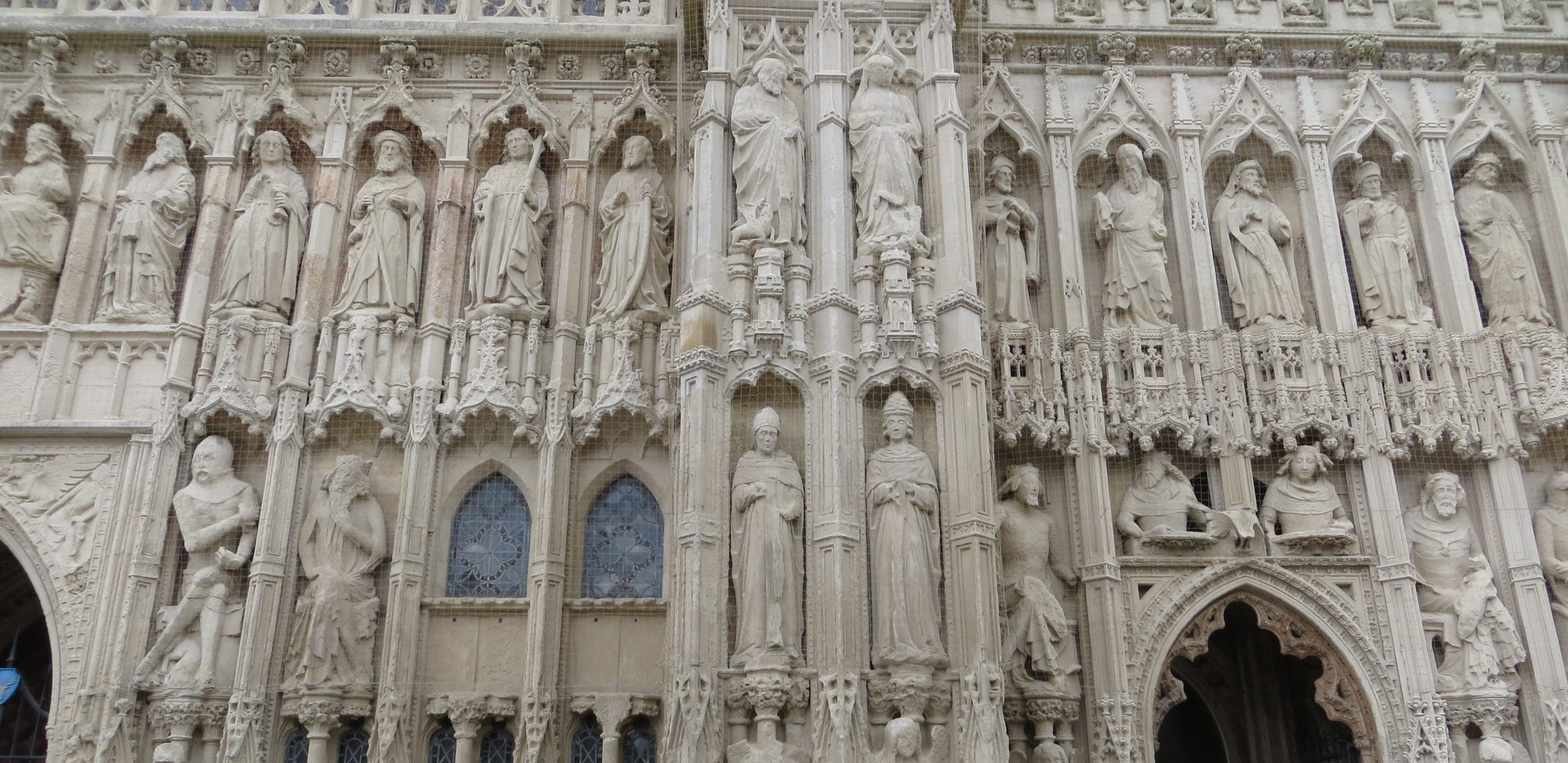More from the world’s greatest living evangelical. If he wasn’t so good I wouldn’t keep quoting him.
The first action, therefore, is to gather together in the Lord’s presence. This is what in former times was called “statio”. Let us imagine for a moment that in the whole of Rome there were only this one altar and that all the city’s Christians were invited to gather here to celebrate the Saviour who died and was raised. This gives us an idea of what the Eucharistic celebration must have been like at the origins, in Rome and in many other cities that the Gospel message had reached. In every particular Church there was only one Bishop and around him, around the Eucharist that he celebrated, a community was formed, one, because one was the blessed Cup and one was the Bread broken.
The Eucharist is a public devotion that has nothing esoteric or exclusive about it.
The second constitutive aspect is walking with the Lord. This is the reality manifested by the procession that we shall experience together after Holy Mass, almost as if it were naturally prolonged by moving behind the One who is the Way, the Journey. With the gift of himself in the Eucharist the Lord Jesus sets us free from our ‘paralyses’, he helps us up and enables us to ‘proceed’.
“I am the Lord your God, who brought you out of the land of Egypt, out of the house of bondage. You shall have no other gods before me” (Ex 20: 2-3). Here we find the meaning of the third constitutive element of Corpus Christi: kneeling in adoration before the Lord. Adoring the God of Jesus Christ, who out of love made himself bread broken, is the most effective and radical remedy against the idolatry of the past and of the present.
Pope Benedict Corpus Christi 28 May 2008
Solid nourishment, these homilies.
